Scharr
Scharr Gase
Scharr Fluid
Scharr TEC
Scharr WÄRME
Scharr CPC
SCHARR FUELS
Scharrena
Add to MyChemicals Print Friendly Page
Chemical Datasheet
Chemical Identifiers | Hazards | Response Recommendations | Physical Properties | Regulatory Information | Alternate Chemical Names
What is this information?
The Chemical Identifier fields include common identification numbers, the NFPA diamond U.S. Department of Transportation hazard labels, and a general description of the chemical. The information in CAMEO Chemicals comes from a variety of data sources.
| CAS Number | UN/NA Number | DOT Hazard Label | USCG CHRIS Code |
|---|---|---|---|
|
|
|
|
| NIOSH Pocket Guide | International Chem Safety Card | ||
| VM & P Naphtha | none | ||
NFPA 704
| Diamond | Hazard | Value | Description |
|---|---|---|---|
| Health | 1 | Can cause significant irritation.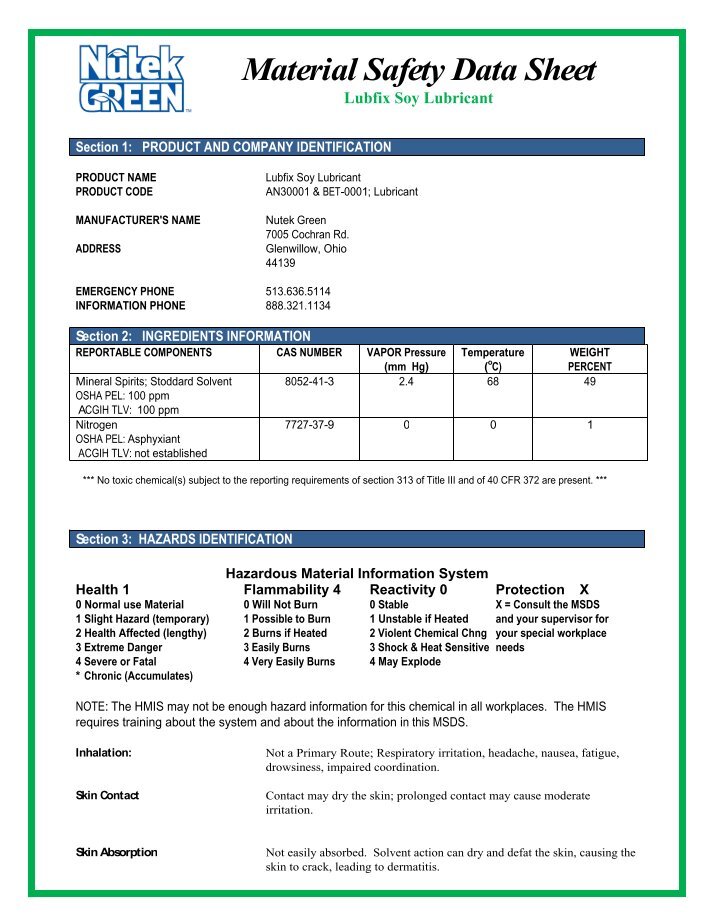 | |
| Flammability | 3 | Can be ignited under almost all ambient temperature conditions. | |
| Instability | 0 | Normally stable, even under fire conditions. | |
| Special |
(NFPA, 2010)
General Description
Colorless liquid with the odor of gasoline. Less dense than water and insoluble in water. Hence floats on water. Also referred to as Varnish Makers & Painters Naphtha. This petroleum fraction is similar to Petroleum Ether (CAS 8030-30-6) but V.M. & P. is a heavier distillate. Flash point ranges from 20°F to 100°F.
What is this information?
The Hazard fields include special hazard alerts air and water reactions, fire hazards, health hazards, a reactivity profile, and details about reactive groups assignments and potentially incompatible absorbents. The information in CAMEO Chemicals comes from a variety of data sources.
The information in CAMEO Chemicals comes from a variety of data sources.
Reactivity Alerts
Air & Water Reactions
Highly flammable. Insoluble in water.
Fire Hazard
Excerpt from ERG Guide 128 [Flammable Liquids (Water-Immiscible)]:
HIGHLY FLAMMABLE: Will be easily ignited by heat, sparks or flames. Vapors may form explosive mixtures with air. Vapors may travel to source of ignition and flash back. Most vapors are heavier than air. They will spread along the ground and collect in low or confined areas (sewers, basements, tanks, etc.). Vapor explosion hazard indoors, outdoors or in sewers. Those substances designated with a (P) may polymerize explosively when heated or involved in a fire. Runoff to sewer may create fire or explosion hazard. Containers may explode when heated. Many liquids will float on water. Substance may be transported hot. For hybrid vehicles, ERG Guide 147 (lithium ion batteries) or ERG Guide 138 (sodium batteries) should also be consulted.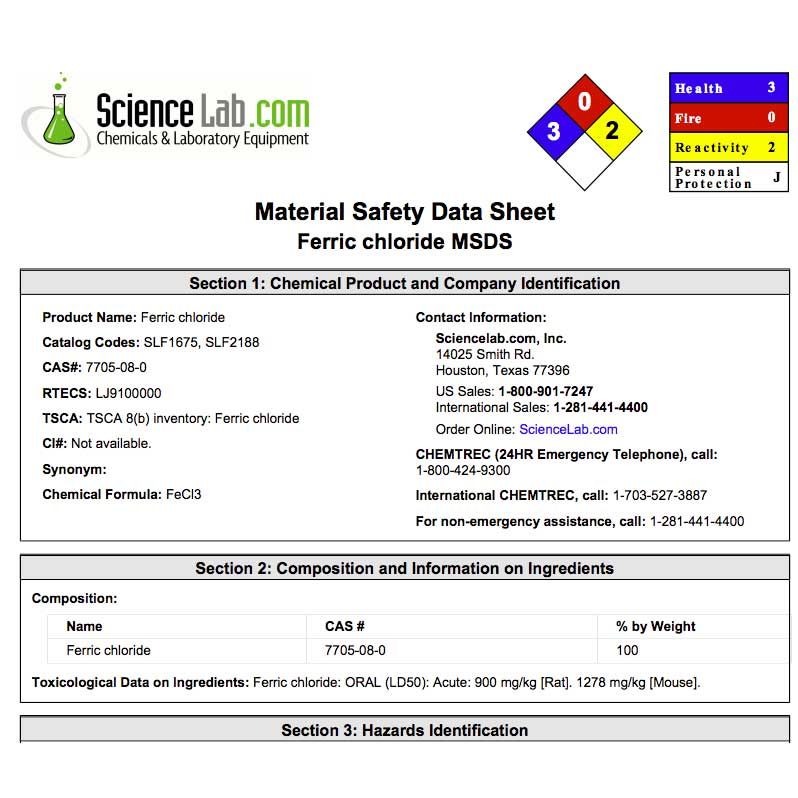 If molten aluminum is involved, refer to ERG Guide 169. (ERG, 2020)
If molten aluminum is involved, refer to ERG Guide 169. (ERG, 2020)
Health Hazard
Inhalation of concentrated vapor may cause intoxication. Liquid is not very irritating to skin or eyes but may get into lungs by aspiration. (USCG, 1999)
Reactivity Profile
PETROLEUM NAPHTHA, [FLAMMABLE LIQUID LABEL] may be incompatible with strong oxidizing agents like nitric acid. Charring may occur followed by ignition of unreacted material and other nearby combustibles. In other settings, mostly unreactive. Not affected by aqueous solutions of acids, alkalis, most oxidizing agents, and most reducing agents. When heated sufficiently or when ignited in the presence of air, oxygen or strong oxidizing agents, burns exothermically to produce mostly carbon dioxide and water.
Belongs to the Following Reactive Group(s)
Potentially Incompatible Absorbents
No information available.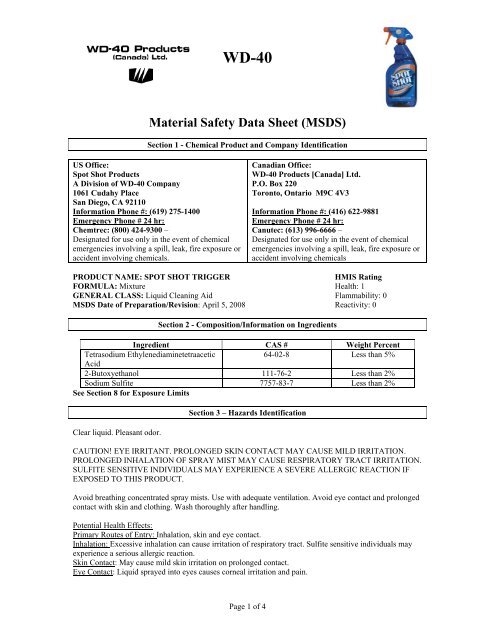
What is this information?
The Response Recommendation fields include isolation and evacuation distances, as well as recommendations for firefighting, non-fire response, protective clothing, and first aid. The information in CAMEO Chemicals comes from a variety of data sources.
Isolation and Evacuation
Excerpt from ERG Guide 128 [Flammable Liquids (Water-Immiscible)]:
IMMEDIATE PRECAUTIONARY MEASURE: Isolate spill or leak area for at least 50 meters (150 feet) in all directions.
LARGE SPILL: Consider initial downwind evacuation for at least 300 meters (1000 feet).
FIRE: If tank, rail car or tank truck is involved in a fire, ISOLATE for 800 meters (1/2 mile) in all directions; also, consider initial evacuation for 800 meters (1/2 mile) in all directions. (ERG, 2020)
Firefighting
Fire Extinguishing Agents Not to Be Used: Water may be ineffective.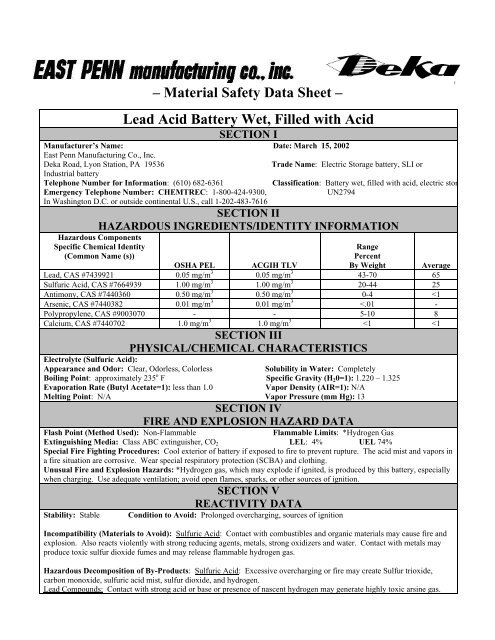 Fire Extinguishing Agents: Foam, carbon dioxide, or dry chemical (USCG, 1999)
Fire Extinguishing Agents: Foam, carbon dioxide, or dry chemical (USCG, 1999)
Non-Fire Response
Excerpt from ERG Guide 128 [Flammable Liquids (Water-Immiscible)]:
ELIMINATE all ignition sources (no smoking, flares, sparks or flames) from immediate area. All equipment used when handling the product must be grounded. Do not touch or walk through spilled material. Stop leak if you can do it without risk. Prevent entry into waterways, sewers, basements or confined areas. A vapor-suppressing foam may be used to reduce vapors. Absorb or cover with dry earth, sand or other non-combustible material and transfer to containers. Use clean, non-sparking tools to collect absorbed material.
LARGE SPILL: Dike far ahead of liquid spill for later disposal. Water spray may reduce vapor, but may not prevent ignition in closed spaces. (ERG, 2020)
Protective Clothing
Excerpt from NIOSH Pocket Guide for VM & P Naphtha:
Skin: PREVENT SKIN CONTACT - Wear appropriate personal protective clothing to prevent skin contact.
Eyes: PREVENT EYE CONTACT - Wear appropriate eye protection to prevent eye contact.
Wash skin: WHEN CONTAMINATED - The worker should immediately wash the skin when it becomes contaminated.
Remove: WHEN WET (FLAMMABLE) - Work clothing that becomes wet should be immediately removed due to its flammability hazard (i.e., for liquids with a flash point <100°F).
Change: No recommendation is made specifying the need for the worker to change clothing after the workshift. (NIOSH, 2022)
DuPont Tychem® Suit Fabrics
No information available.
First Aid
Excerpt from NIOSH Pocket Guide for VM & P Naphtha:
Eye: IRRIGATE IMMEDIATELY - If this chemical contacts the eyes, immediately wash (irrigate) the eyes with large amounts of water, occasionally lifting the lower and upper lids. Get medical attention immediately.
Skin: SOAP WASH PROMPTLY - If this chemical contacts the skin, promptly wash the contaminated skin with soap and water.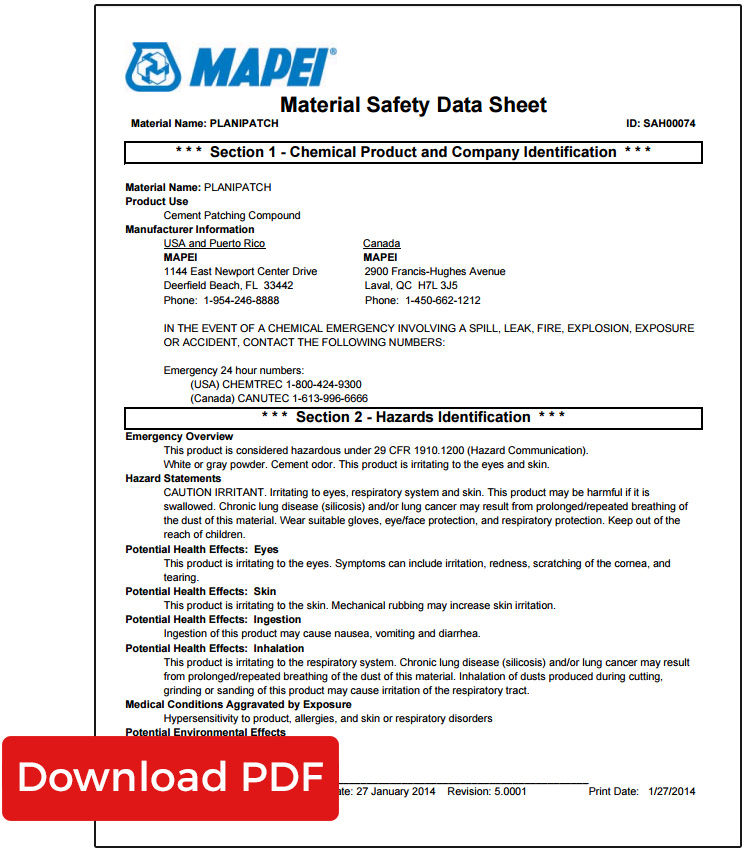 If this chemical penetrates the clothing, promptly remove the clothing and wash the skin with soap and water. Get medical attention promptly.
If this chemical penetrates the clothing, promptly remove the clothing and wash the skin with soap and water. Get medical attention promptly.
Breathing: RESPIRATORY SUPPORT - If a person breathes large amounts of this chemical, move the exposed person to fresh air at once. If breathing has stopped, perform artificial respiration. Keep the affected person warm and at rest. Get medical attention as soon as possible.
Swallow: MEDICAL ATTENTION IMMEDIATELY - If this chemical has been swallowed, get medical attention immediately. (NIOSH, 2022)
What is this information?
The Physical Property fields include properties such as vapor pressure and boiling point, as well as explosive limits and toxic exposure thresholds The information in CAMEO Chemicals comes from a variety of data sources.
Chemical Formula: data unavailable
Flash Point: 20°F (approx.) (USCG, 1999)
Lower Explosive Limit (LEL): 0. 9 % (USCG, 1999)
9 % (USCG, 1999)
Upper Explosive Limit (UEL): 6 % (USCG, 1999)
Autoignition Temperature: 450°F (USCG, 1999)
Melting Point: data unavailable
Vapor Pressure: 2 to 20 mmHg (NIOSH, 2022)
Vapor Density (Relative to Air): data unavailable
Specific Gravity: 0.74 at 68°F (USCG, 1999)
Boiling Point: 207°F at 760 mmHg (USCG, 1999)
Molecular Weight: 87 to 114 (approx) (NIOSH, 2022)
Water Solubility: Insoluble (NIOSH, 2022)
Ionization Energy/Potential: data unavailable
IDLH: data unavailable
| Chemical | PAC-1 | PAC-2 | PAC-3 |
|---|---|---|---|
| Petroleum distillates; petroleum ether; includes clay-treated light naphthenic [64742-45-6]; low boiling [68477-31-6]; petroleum extracts [64742-06-9]; petroleum base oil [64742-46-7]; petroleum 50 thinner, petroleum spirits [64475-85-0], Soltrol, VM&P naphtha [8032-32-4]; Ligroine, and paint solvent; petroleum paraffins C5-C20 [64771-72-8]; hydrotreated light naphthenic [64742-53-6]; solvent refined light naphthenic [64741-97-5]; and machine coolant 1 | 1100 mg/m3 | 1800 mg/m3 | 40000 mg/m3 |
(DOE, 2018)
What is this information?
The Regulatory Information fields include information from the U. S. Environmental Protection Agency's Title III Consolidated List of Lists, the U.S. Cybersecurity and Infrastructure Security Agency's Chemical Facility Anti-Terrorism Standards, and the U.S. Occupational Safety and Health Administration's Process Safety Management of Highly Hazardous Chemicals Standard List (see more about these data sources).
S. Environmental Protection Agency's Title III Consolidated List of Lists, the U.S. Cybersecurity and Infrastructure Security Agency's Chemical Facility Anti-Terrorism Standards, and the U.S. Occupational Safety and Health Administration's Process Safety Management of Highly Hazardous Chemicals Standard List (see more about these data sources).
No regulatory information available.
No regulatory information available.
No regulatory information available.
What is this information?
This section provides a listing of alternate names for this chemical, including trade names and synonyms.
 M. & P.]
M. & P.]Your region:
+7 (495) 128-29-03
Company ART industry is a supplier of innovative complex solutions for painting all types of surfaces, which has an optimally selected assortment of progressive products with high consumer properties and environmental friendliness, convenient regional presence and responsibility for the correct use of the supplied technologies.
The main catalog of materials of the company ART industry: NC materials, PU materials, PE materials, Acrylic materials, Water-based materials, Special materials, Dyes
ART industry provides services for tinting, color matching, as well as technical support and staff training
The latest and up-to-date information about the activities of the ART industry company: news, information materials and articles, video materials
LLC "ART industry"
TIN 7731564157 / KPP 773101001 / PSRN 5077746350259
Download details
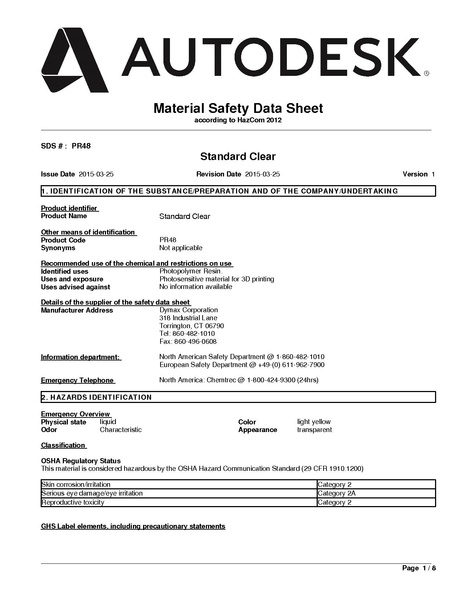
We invite you to stay up to date with the latest events of our company. Stay up to date with ongoing events and workshops.
The company is part of the holding "Europroject Group", the annual turnover of which is over 100 million euros. ART Industry is the official supplier of ILVA paints and varnishes (IVM Chemicals), Italy, on the territory of the Russian Federation.
Our representatives in regions:
Moscow (WEST) Moscow (VOSTOK) Moscow (NORTH) Krasnodar Chelyabinsk Belgorod Vladimir Voronezh Ivanovo Crimea Kursk Makhachkala Moscow Murmansk Murom Novosibirsk Nizhny Novgorod Eagle Penza Saint Petersburg Smolensk Stavropol Stary Oskol Tolyatti Tula Ulyanovsk Cheboksary Yaroslavl
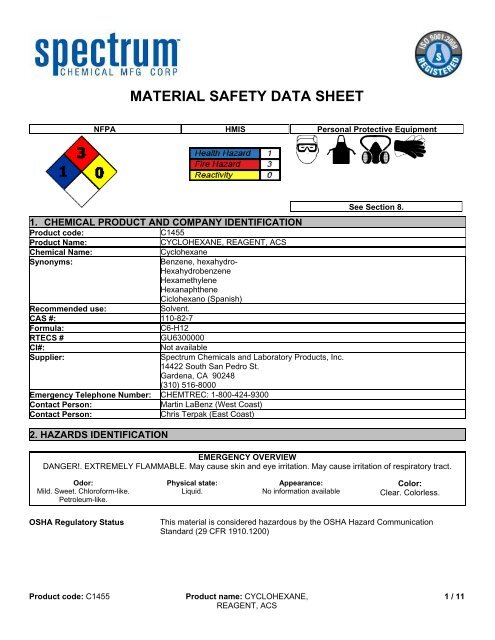 Product Safety Data Sheet. Data sheet.
Product Safety Data Sheet. Data sheet.
 1-2-3 ( Russian Federation )
1-2-3 ( Russian Federation )
| White liquid substance with a characteristic odor based on an aqueous acrylic dispersion, containing: titanium dioxide, 2-butoxyethanol CAS 111-76-2, solvent naphtha (aromatic light) CAS 64742-95-6, benzotriazole derivatives (5- chloro-2-methyl-2H-isothiazol-3-one, mixture with 2-methyl-2Hisothiazol-3-one (3:1)) CAS 55965-84-9, 3-butoxy-2-propanol CAS 5131-66- 8, target additives | |
| Acute toxicity when introduced into the stomach, DL50 grade 3-4 mixture of moderately dangerous and low -hazardous substances | |
| Acute inhalation toxicity LC50 - 4 class of hazard | |
| 0 skin and inhalation (isothiazoline derivatives) | labeling of products with appropriate warnings and use of PPE |
| Irritating and skin-reflective effect on the skin: repeating or prolonged contact causes dryness and irritation | |
| Irritating effect on the conjunctiva of the eye: irritation with direct contact | |
| PDC air of the working zone | |
| 2-butoxyethanol CAS 111-76-2 | |
Substances included are not classified as causing long-term health effects. |